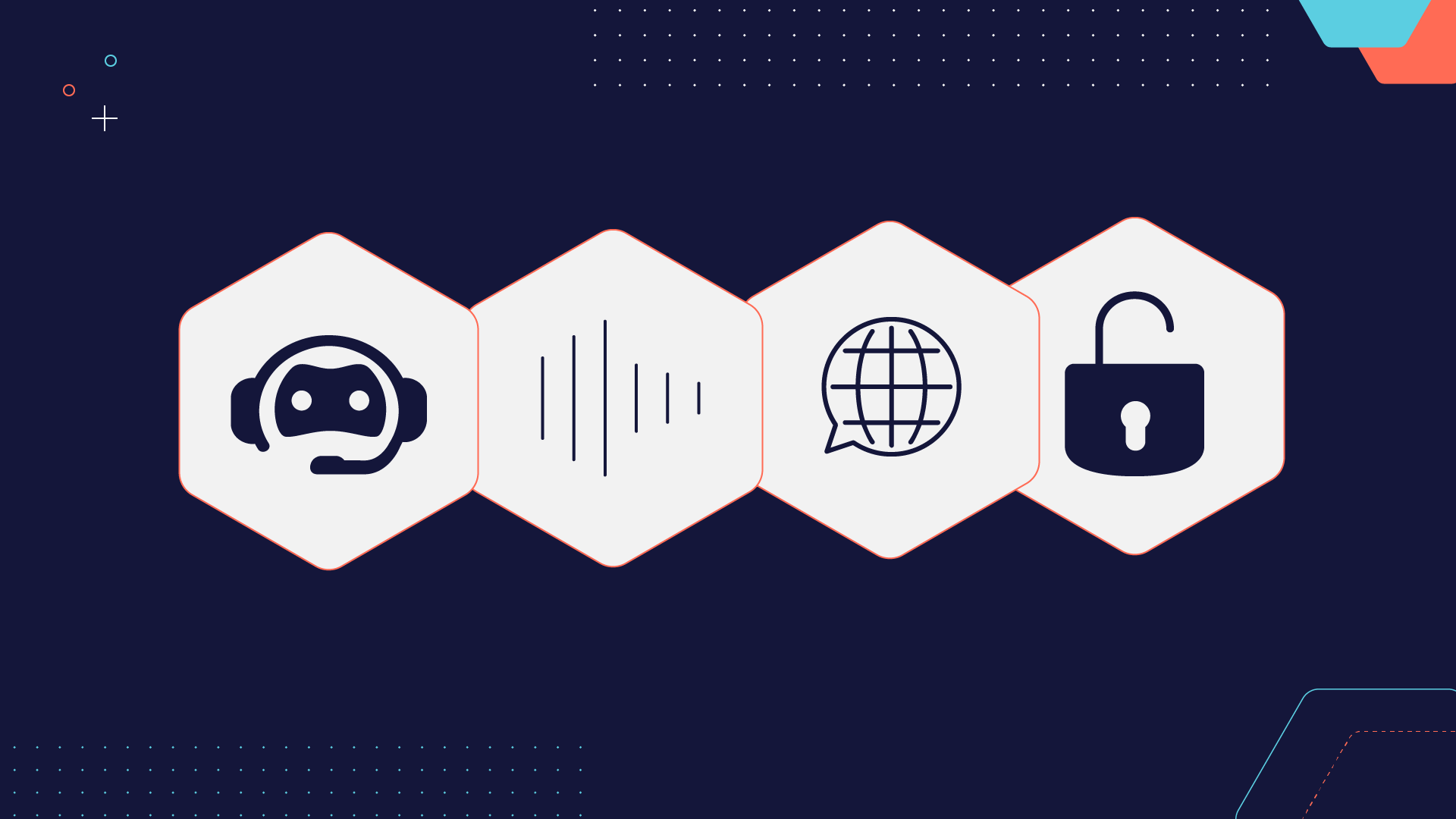There’s no doubt that ever-more sophisticated new technologies are shaping the world around us, turning seemingly impossible ideas into reality. While a few years ago many groundbreaking concepts – such as video chat, Wi-Fi routers, and 4G technology – seemed impossible, today they are part of our everyday lives.
Amongst other breakthroughs in the tech world, WebRTC is also having a profound effect on our lives. WebRTC (Web Real-Time Communication) is a free-to-use and open-source innovation that allows website browsers to communicate with each other in real-time, anytime, anywhere, using any device. This cutting-edge technology can be used via the web and mobile applications, and is compatible with multiple browsers.
Considering WebRTC’s advanced features, it’s no surprise that more and more businesses want to get their hands on it. In this article, we’ll highlight some key aspects of how WebRTC technology is reshaping customer service. Read on, and find out why you need to ensure that your call center is ready to leverage this cutting-edge technology.
WebRTC and Omnichannel Support
Omnichannel communication is no longer just a promising technology solution. After having proved itself for a number of years now, it’s definitely here to stay.
Before the digital revolution, if customers needed to speak to an organization, they simply picked up the phone and dialed the customer service number. In today’s connected world, however, when it comes to contacting a business, customers can take their pick from a number of communications channels, including phone, email, SMS, social media and even webchat.
And, as a result of the growing popularity of omnichannel communication, customers are seeking the fastest and most convenient ways to contact businesses.
As such, one common challenge customer service departments need to overcome as part of their omnichannel communication strategy is to keep their channels unified, and to be able to perform equally well on all of them.
This is where WebRTC comes into play: as this technology works on multiple platforms, it helps businesses smoothen their multichannel communication by allowing customers to interact with them with a single click.
Indeed, WebRTC takes customer experience to the next level by making customer interaction easier and more personalized. For example, using WebRTC, customers can contact customer service agents directly from the company’s website without having to install an additional application, allowing, let’s say, a customer who is browsing your website looking for information to contact your customer service reps via web chat.
Leverage new channels and technologies – and improve your CX
Despite the various communication channels available, customer service agents – especially those who deal with more complex technical issues – often struggle to understand and efficiently resolve customer issues. And, as we all know, customers get easily frustrated when they are unable to explain their problems to customer service agents, or have their problems quickly dealt with.
In many cases, considering it is fairly difficult to understand and explain (often complex) technical issues without having a deep understanding of the technology involved, no one is to blame.
Luckily, WebRTC’s screen sharing feature provides a great solution to this issue. By allowing agents to see what callers are seeing, agents can provide help more efficiently, and even make changes remotely on behalf of customers when necessary.
In our competitive business environment, another technology that is helping provide a new communication channel to organizations to stay ahead of the competition is video chat.
Engaging customers in the moment through video chat can significantly improve conversation and customer loyalty. And as WebRTC technology can be used as a video conferencing tool, there is no doubt that it will have an important role in shaping customer service of the future.
For instance, let’s say one of your customers is browsing your knowledge base to access some information. After a certain number of unsuccessful search attempts, WebRTC can offer them the option of contacting a customer service rep via video chat, turning a potentially unsuccessful customer experience into a successful one.
Increased data security with WebRTC
The core activity of any customer service department is to initiate and take customer calls. As a result, call centers accumulate an astonishing amount of customer data on a daily basis.
Keeping this customer data safe and secure is a prerequisite for any call center that values their customers’ privacy – especially since GDPR is now in force.
As cybercrime becomes an ever-increasing danger, businesses – including call centers – really do have to take all necessary measures to protect their data in order to prevent disastrous consequences.
With WebRTC, however, there’s no need to worry about data privacy. Since the technology works on an individual browser basis, users don’t need to install any software in order to initiate calls, thus instantly reducing the risk of cyberattacks.
Thanks to WebRTC’s end-to-end encryption, communication is 100% safe, regardless of whatever server you’re using. Furthermore, WebRTC also offers DTLS (Datagram Transport Layer Security) and SRTP (Secure Real-Time Protocol) encryption methods, instantly reducing the risk of eavesdropping.
Thanks to its advanced data security features, customer service departments can rely on this new technology, ensuring that the customer data they store and process is 100% safe and secure.
Sum up
There’s no doubt that the technology behind WebRTC has already started to shake up the customer service world. Want to stay ahead of the competition? Then maybe it’s time to invest in WebRTC.



















